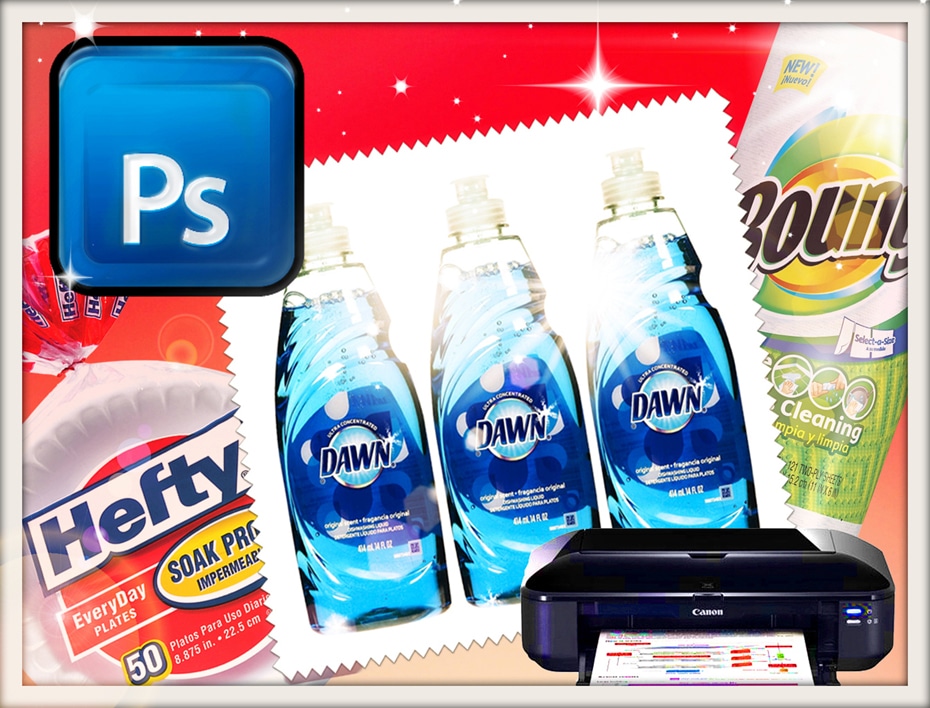In my studio I have all the things you would expect to find in an artist’s workspace. I have colored pencils, markers, chalk and pastels. There are graphite pencils and charcoal, and erasers. I have multiple bins of all types of paint from watercolors and acrylics to oil. There are stacks of surfaces from canvas and board to watercolor papers. I have brushes of every size, mediums for all types of paints and a variety of varnishes.
But there are some things in my studio, not found in an art supply store, that I cannot do without. Here is my “must-have” list:
1. Hefty Styrofoam Plates – For palettes I use white 9-inch Styrofoam plates that I buy from the grocery store. I mix large amounts of paint and use different plates for different colors. The dish shape keeps the paint contained and keeps the colors clean and clear. I use Liquin as a fast-drying medium for my oil paints, so by the end of the day, the colors I have mixed will be completely dry. I can reuse the plates again and the dried colors on the plates make remixing and matching the same color a simple task. Styrofoam is not very biodegradable so I recycle the plates when I can, and I also save the Styrofoam packaging from food products to use as palettes.
2. Dawn Dish Soap – I have found that I get dizzy and develop headaches from breathing the fumes of turpentine and many of the commercial brush cleaners. So for years I have used Dawn dish soap as a brush cleaner. It is extremely effective in cutting and cleaning the wet oil paint and medium from all kinds of brushes. Dawn also leaves the brush bristles soft and pliable and increases the life span of my favorite brushes.
3. Bounty Paper Towels – I love super absorbent Bounty paper towels. I use them constantly to wipe the paint off my blending brushes so they will be effective longer, and also, because I don’t use turpentine, I use Bounty towels to clean one color of paint off a brush so I can use it right away for another color. In addition, they are great to have nearby for my frequent, accidental spills.
4. Photoshop – I use a lot of photo references when I paint, and I run many of them through Photoshop. I can change the composition, color and scale of my subject with Photoshop. I can add shimmer, glow and luminosity, and I can deepen or add shadows. I can make my very own moody chiaroscuro to use as a reference. I can enlarge sections of the photo, highlight details or use the posterize setting to simplify the appearance of the highlights and shadows. I am not a Photoshop expert by any means, but I learn what I need to know as I go along through online tutorials.
5. Large Printer – I bought a Canon Pixma iX6520 inkjet printer that prints photos up to 13-inches by 19 inches. It was $100 on Amazon, and I use it to print multiple references for each painting I do. The large size gives me more details and information to paint from.
What household products do you use? Tell us in the comment box below!




